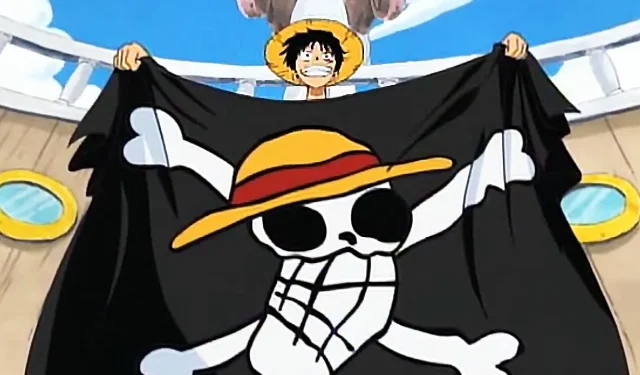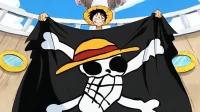In Eiichiro Oda’s epic universe of One Piece, two pivotal geographic features define the entire world: the Grand Line and the Red Line. These lines are not merely backdrop elements; they are foundational to the series’ narrative, influencing sea travel, political dynamics, and the characters’ journeys throughout the vast oceanic realm. Beneath the rich lore of locations such as Paradise, the New World, the Calm Belts, and Reverse Mountain, it can be challenging to keep track of how it all fits together.
To grasp the series’ mechanics fully, it’s crucial to dissect the role of the Red Line, contrasting it with the Grand Line, and to appreciate its importance within the overarching narrative. Beginning as a tale of Monkey D. Luffy—a boy with a rubber body in pursuit of treasure—One Piece has evolved since its inception in 1997 in Weekly Shonen Jump into a rich tapestry of complex lore and beloved characters, firmly establishing its place in anime and manga history.
The Red Line and the Grand Line: A World Divided
Contrasting the Grand Line and the Red Line
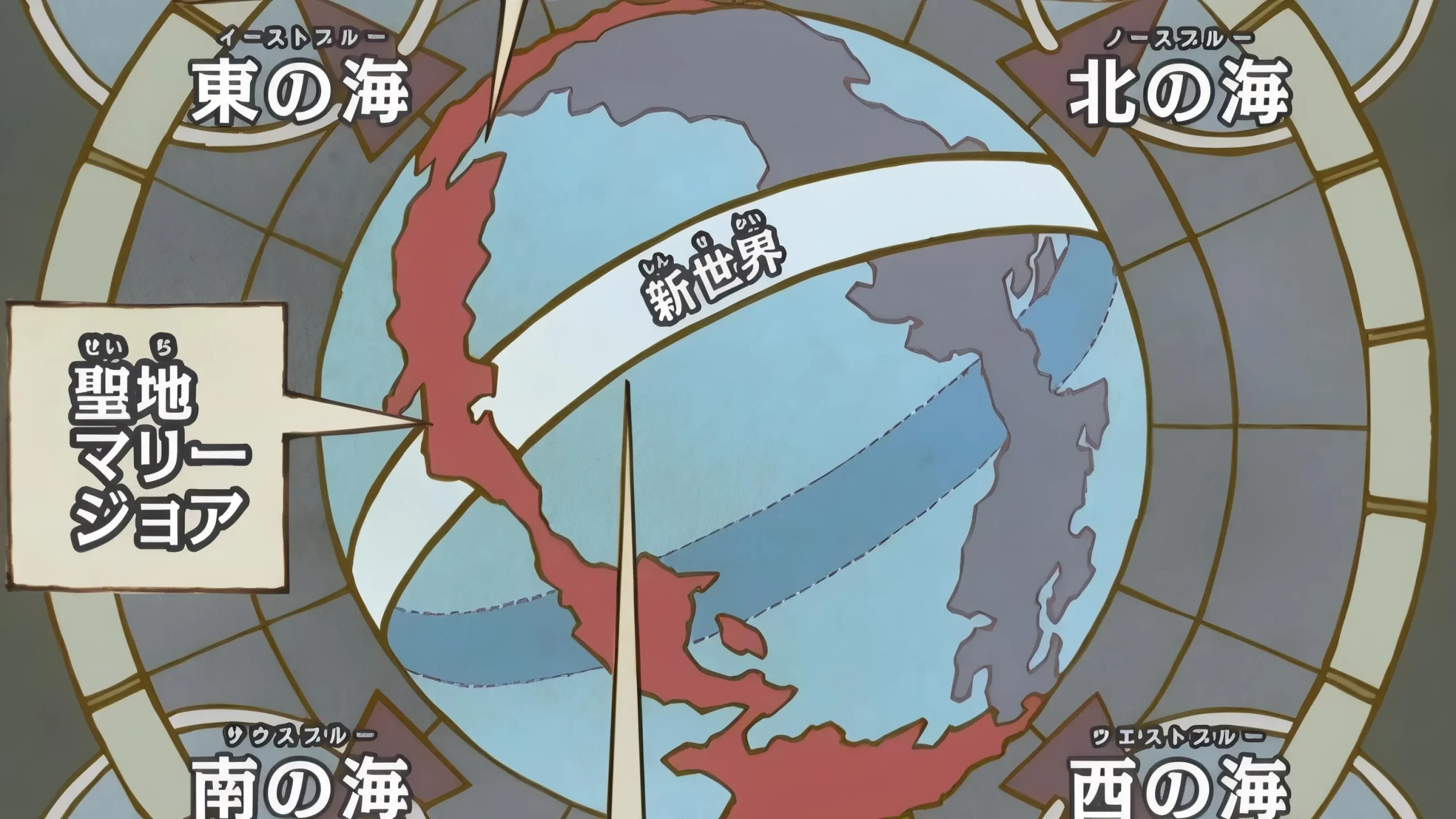
Oda’s creation deviates from Earth’s principles of geography. Rather than continents and oceans, he has designed a world composed of countless islands floating in expansive oceanic territories. Two significant formations shape this world, splitting it into four distinct seas.
|
Characteristic |
Grand Line | Red Line |
|---|---|---|
|
Type |
Oceanic pathway |
Continuous continent |
|
Orientation |
Horizontal (similar to Earth’s equator) |
Vertical (akin to the prime meridian) |
|
Features |
Magnetic anomalies, turbulent weather, unique islands |
Massive, resilient landmass |
|
Intersecting Points |
Reverse Mountain, Mary Geoise/Fish-Man Island |
Same points as the Grand Line |
|
Separates |
The four Blues from one another |
The Grand Line into Paradise and New World |
|
Accessibility |
Via specific routes such as Reverse Mountain |
Generally impassable without special means |
|
Inhabitants |
Pirates, Marines, and island communities |
Celestial Dragons in Mary Geoise, and select clandestine groups |
The Four Blues
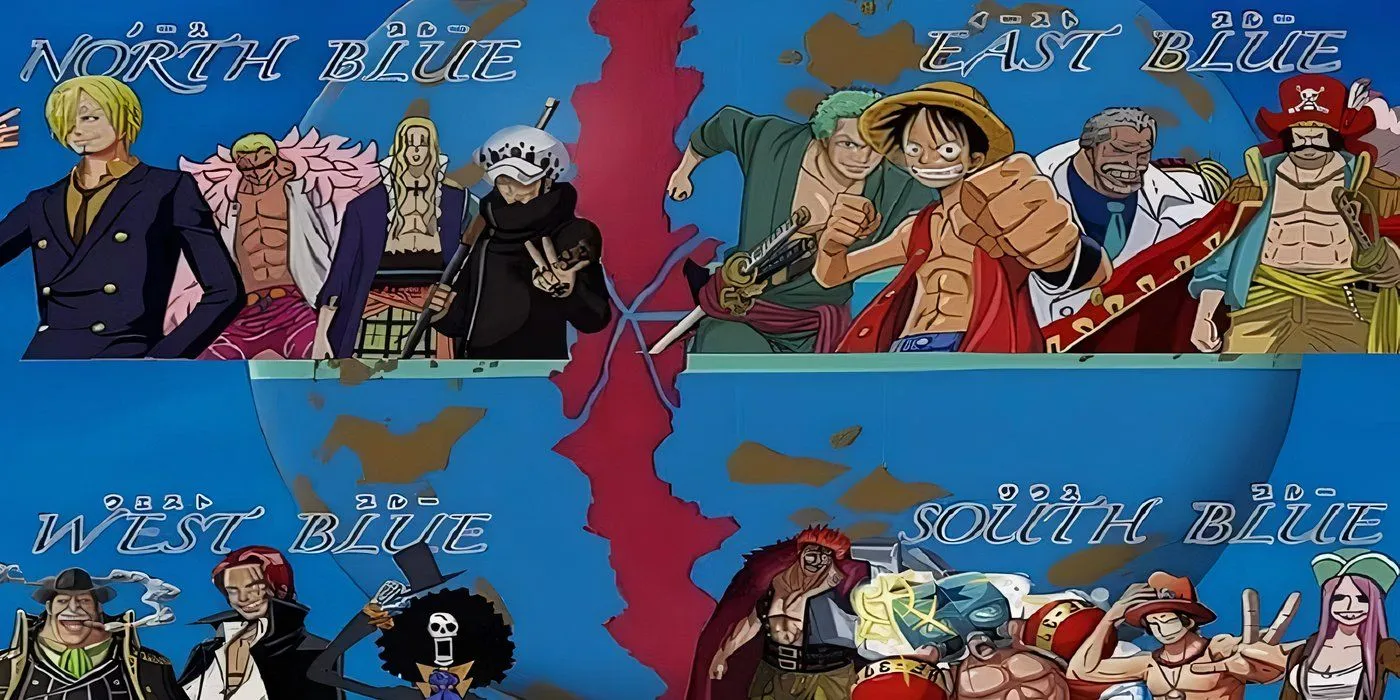
The intersection of the Red Line and the Grand Line leads to the formation of four primary oceans, collectively known as the Blues:
- East Blue
- West Blue
- North Blue
- South Blue
These oceans tend to be more stable compared to the unpredictable Grand Line, and the majority of the world’s population resides within them, largely oblivious to the tumultuous nature of the central seas.
Understanding the Red Line: A Horizontal Loop of Land
Defining the Red Line
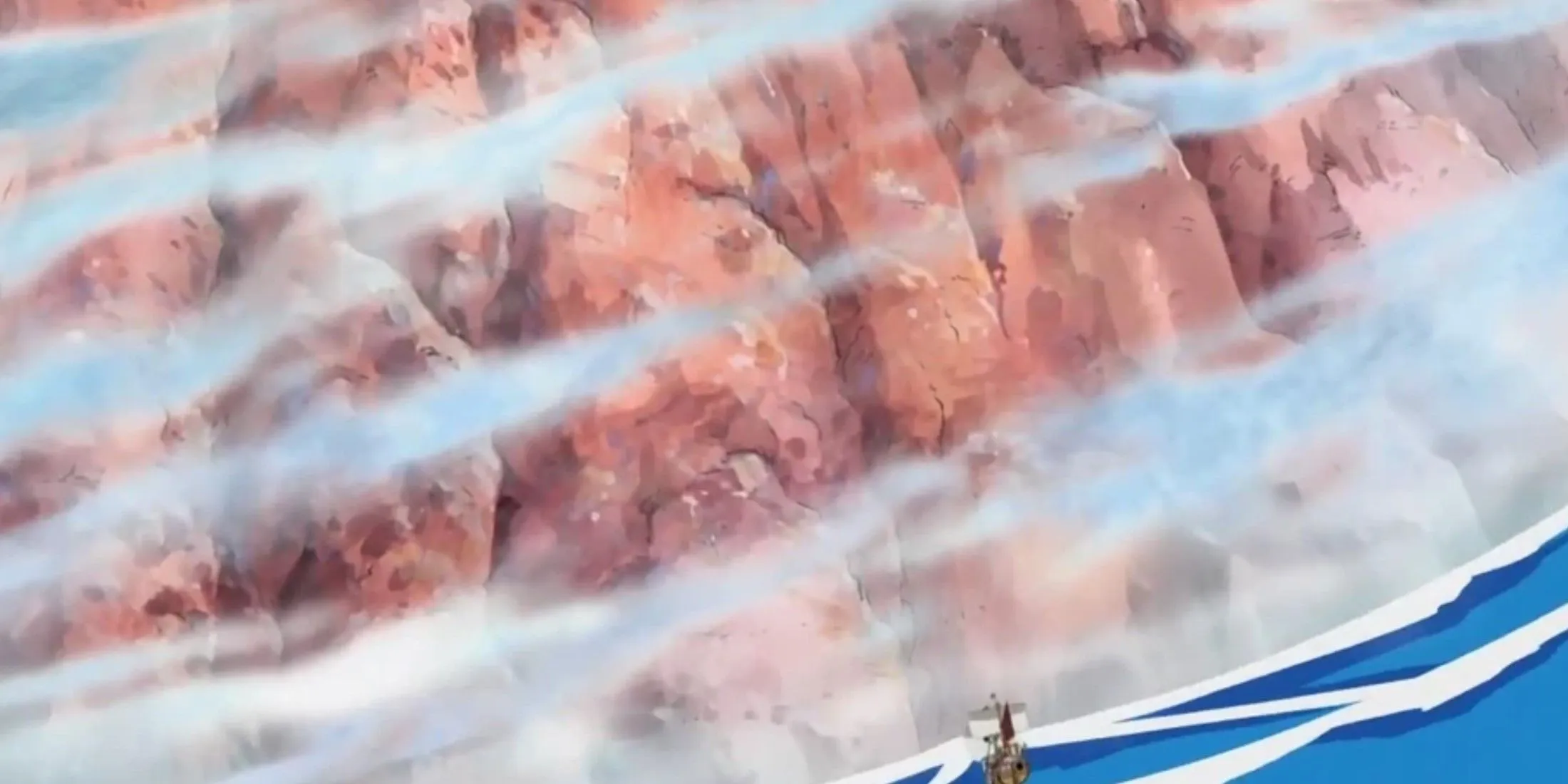
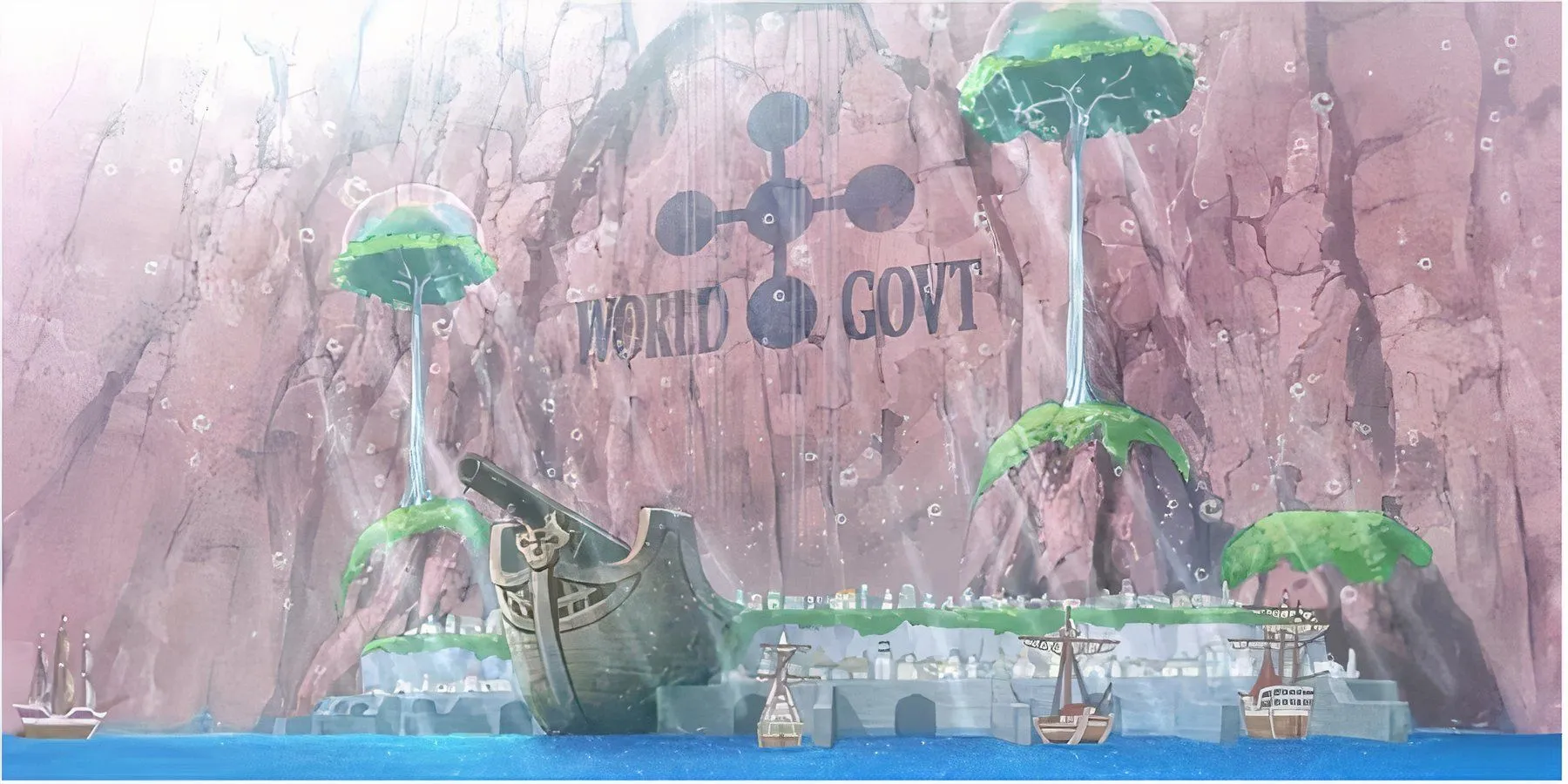
The Red Line constitutes the sole continuous landmass encircling the globe, stretching vertically from the North to the South Pole. Composed of deep crimson rock, it forms an uninterrupted barrier across the planet, extending thousands of meters into the air and plunging equally deep into the ocean. Fish-Man Island is tucked within its depths, while Mary Geoise, the epicenter of global governance, sits atop this massive land formation.
“The world has two oceans, and there’s a strip of land that divides the two seas. That’s the Red Line!”— Nami, Chapter 22 of One Piece
The Red Line is not a singular expanse; rather, it comprises a series of vast, interconnected islands, each exhibiting its distinct seasonal climate—spring, summer, autumn, and winter zones.
Prominent Locations Along the Red Line
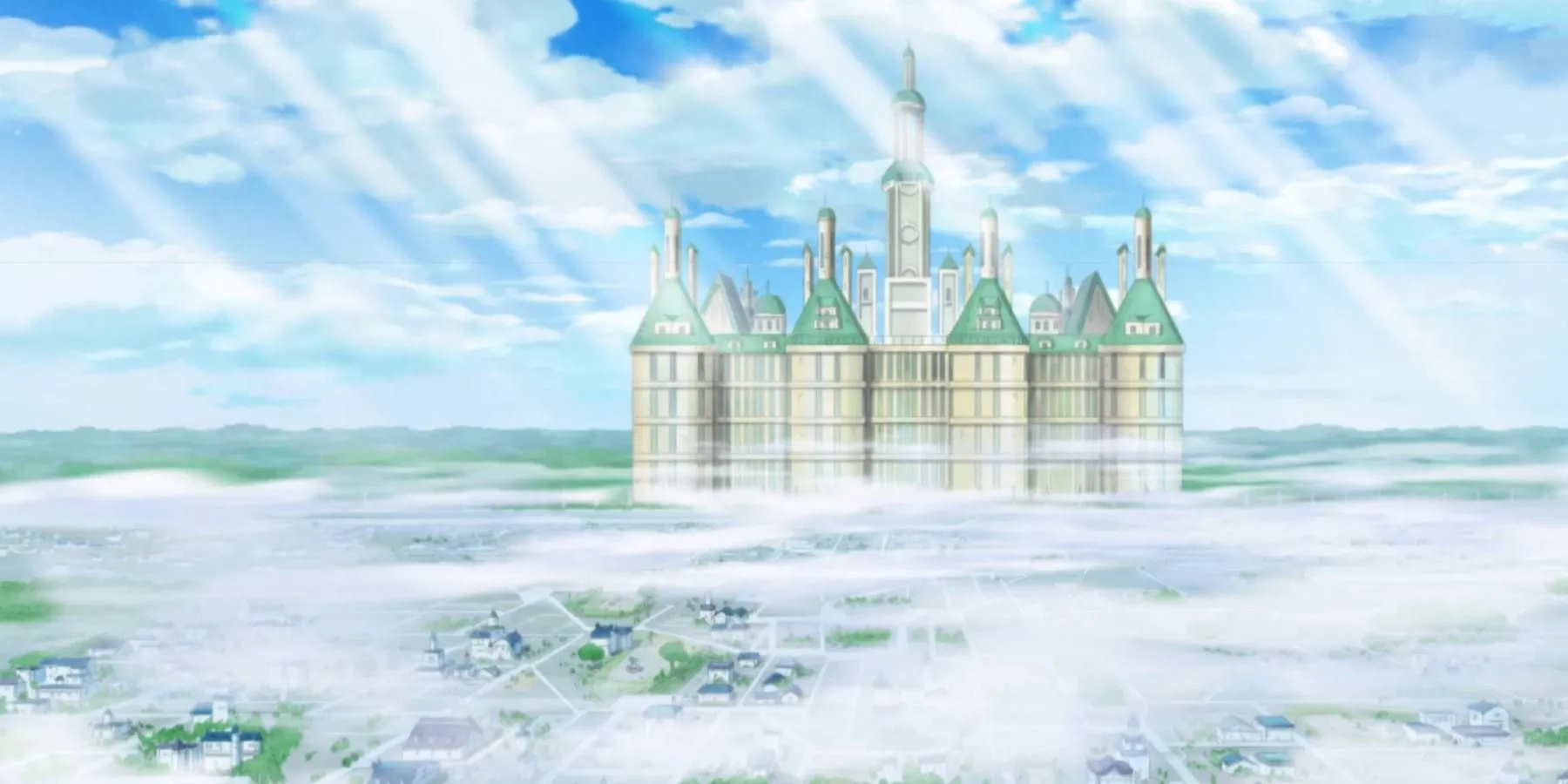
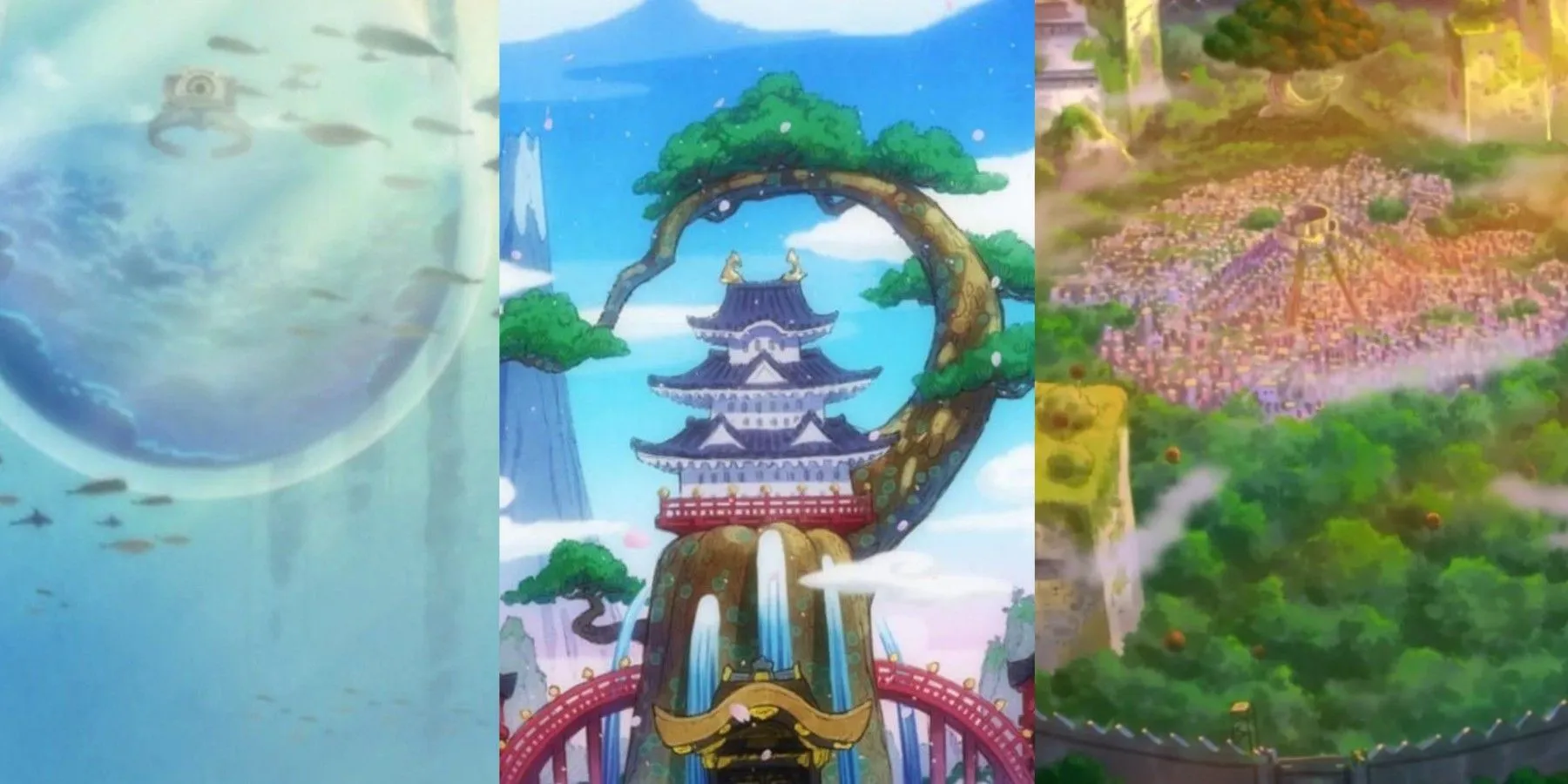
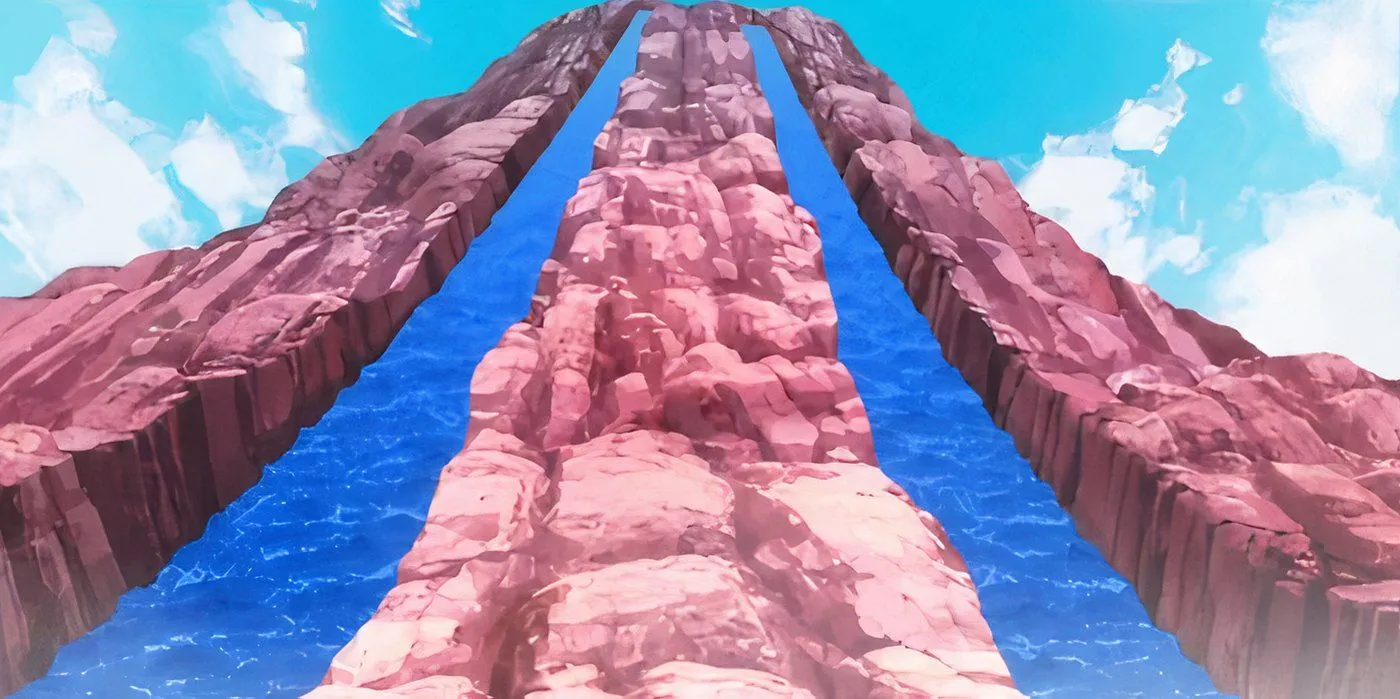
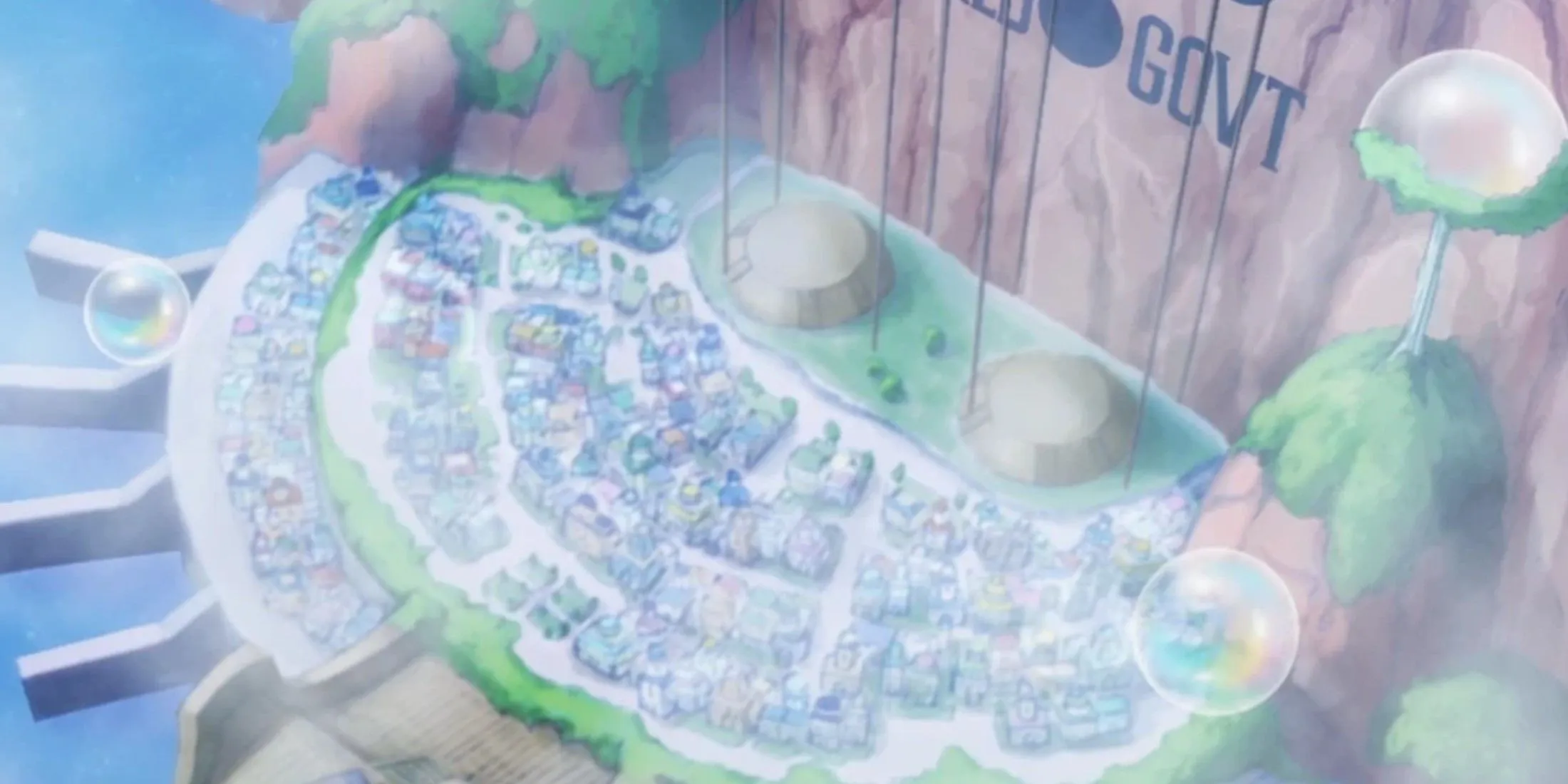
- Mary Geoise: This enclave serves as the capital of the World Government and the residence of the Celestial Dragons—the so-called deities of the world. Positioned at the intersection of the Grand Line and the Red Line, it looms above Fish-Man Island, with entry being heavily restricted, only accessible to individuals authorized by the World Government.
- Fish-Man Island: Nested 10,000 meters underwater, this island lies within a cavern at the base of the Red Line, facilitating passage between the two segments of the Grand Line.
- Red Port: Situated at the base of Mary Geoise, Red Port features Bondolas—elevators that transport visitors to the summit. It serves as one of the few points of entry into Mary Geoise.
- Reverse Mountain: This distinct mountain, located at the Grand Line’s entry point, channels water upward from each of the four Blues, providing a rare route into the Grand Line from the outside world.
The History of the Red Line Prior to the Celestial Dragons
The Lunarians: The Extinct Divine Race
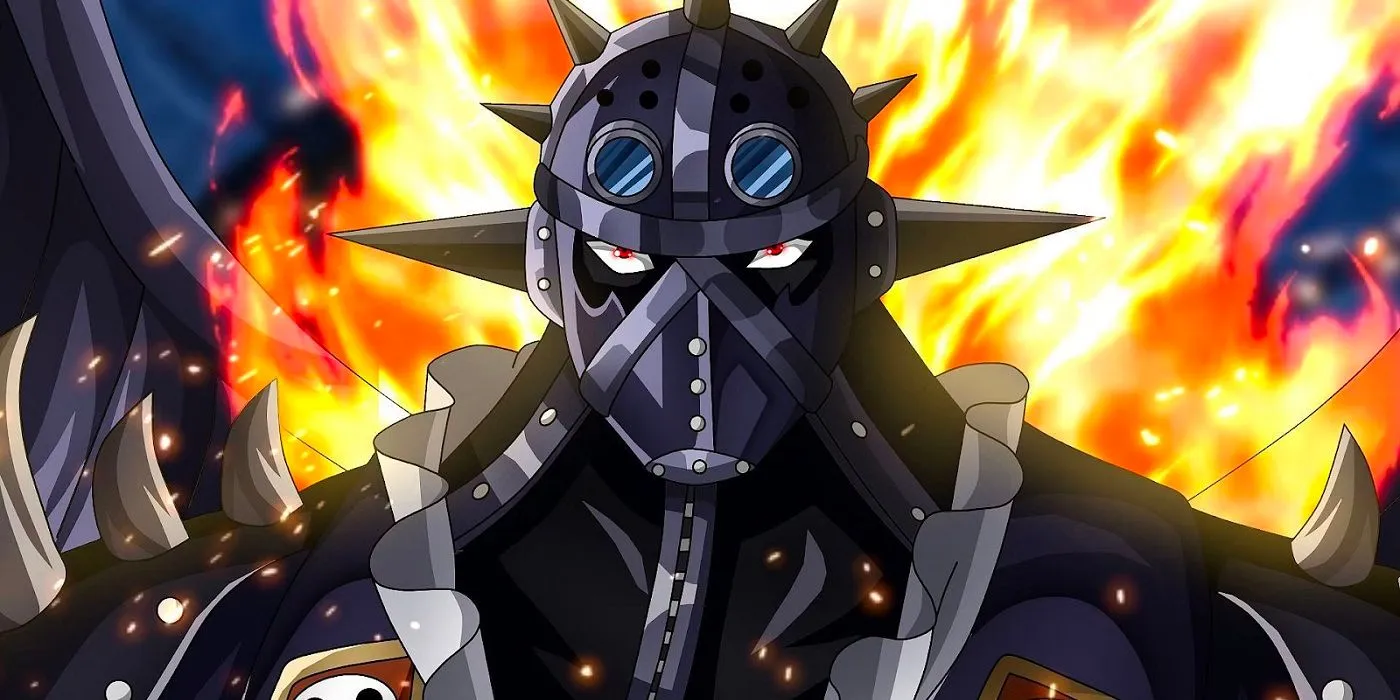
Before the founding of Mary Geoise, the Red Line was inhabited by a mysterious species known as the Lunarians, who were considered divine beings. Characterized by their black wings, white hair, and flame-manipulating capabilities, the Lunarians are regarded as nearly extinct today, with King—one of Kaido’s crew members—being the only known survivor.
Presently, the Celestial Dragons have taken over their ancestral territory, a fact that highlights the complex history of power and oppression intertwined with the Red Line’s lore.
